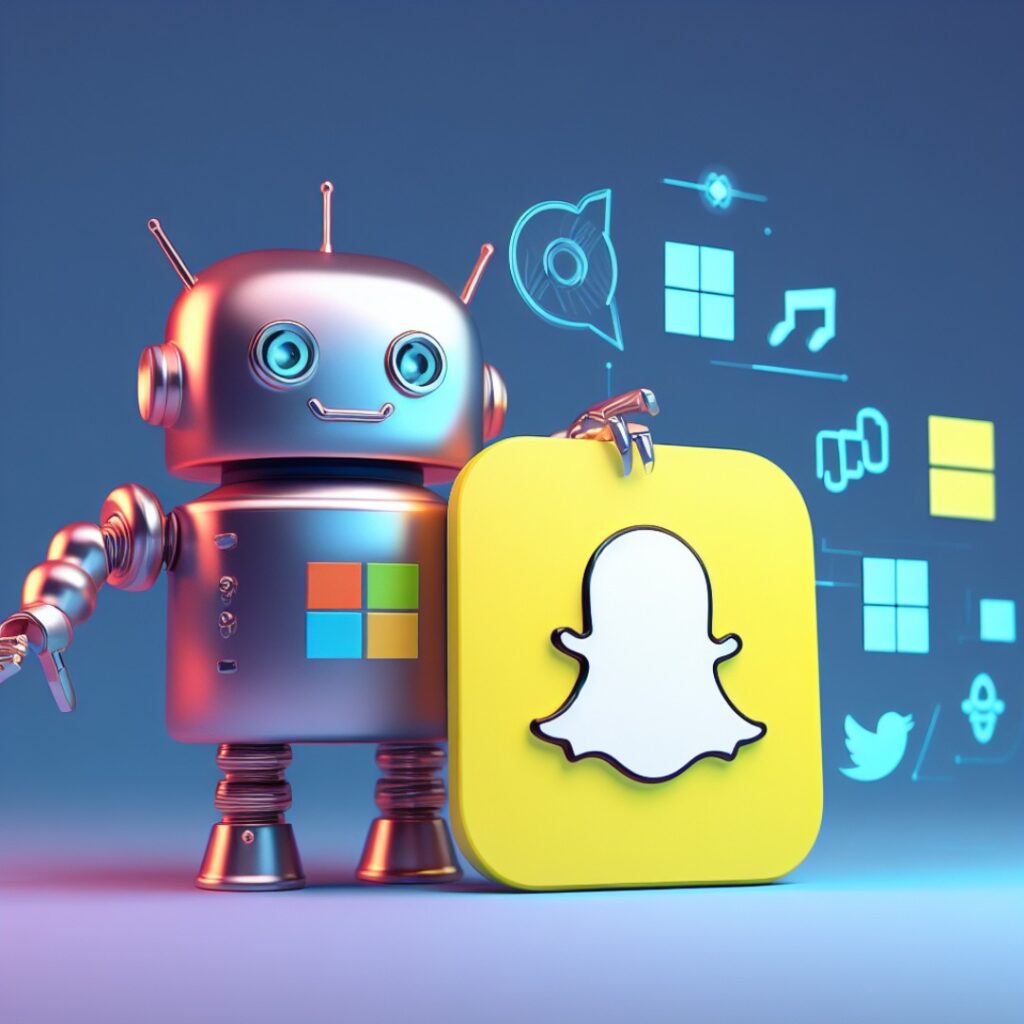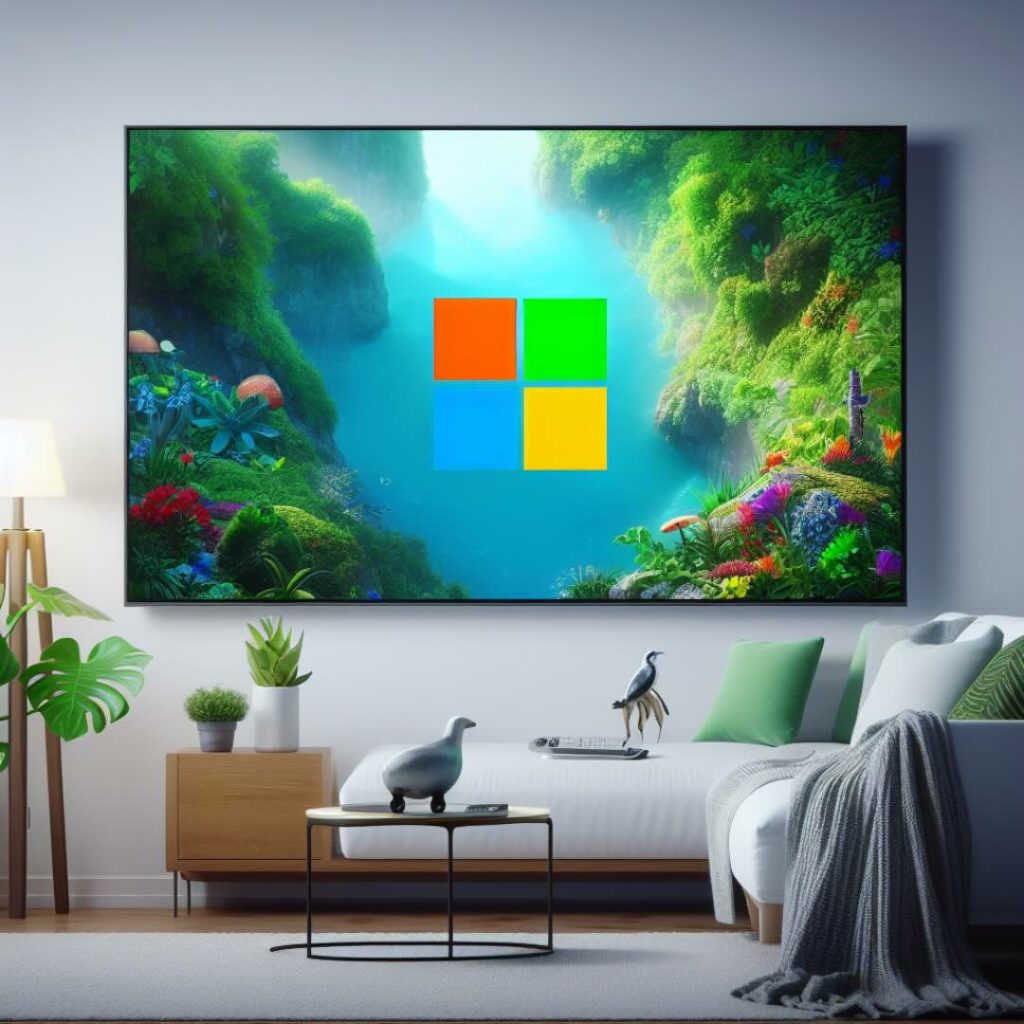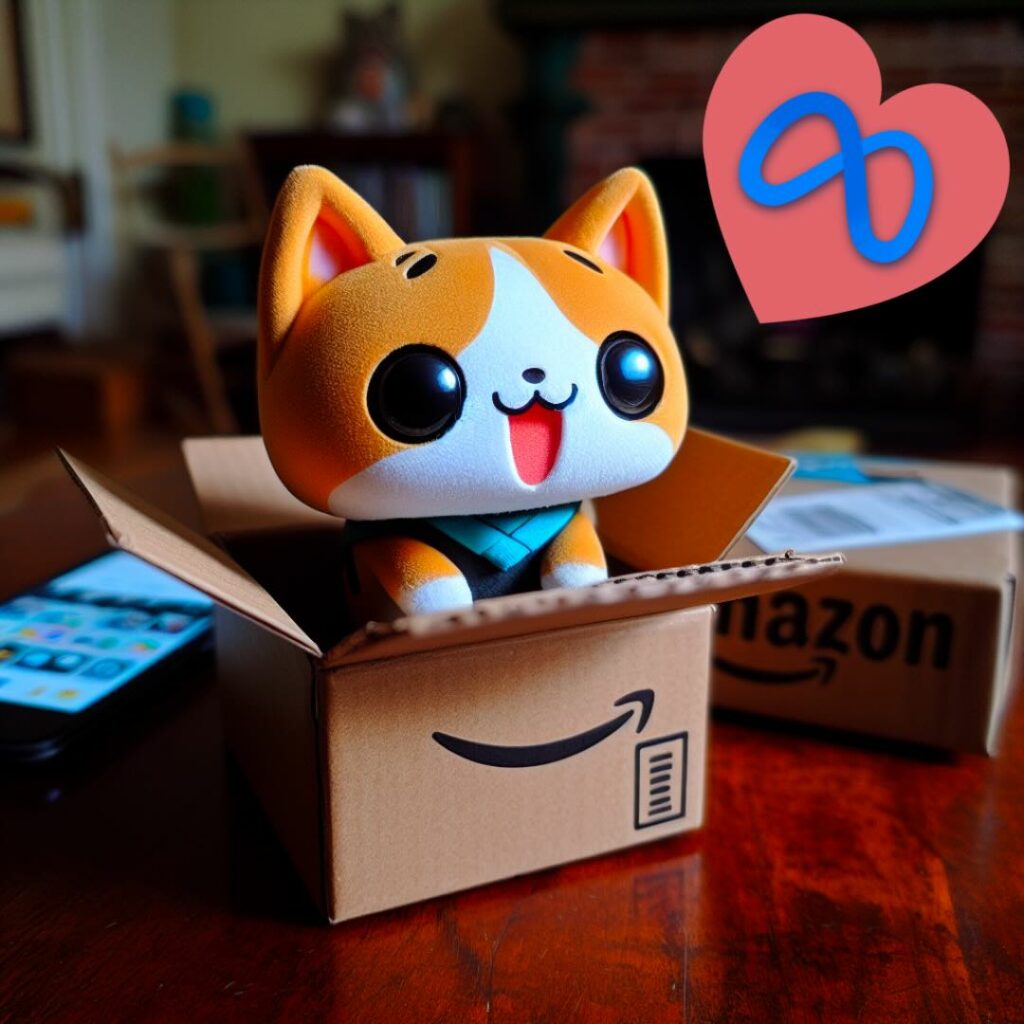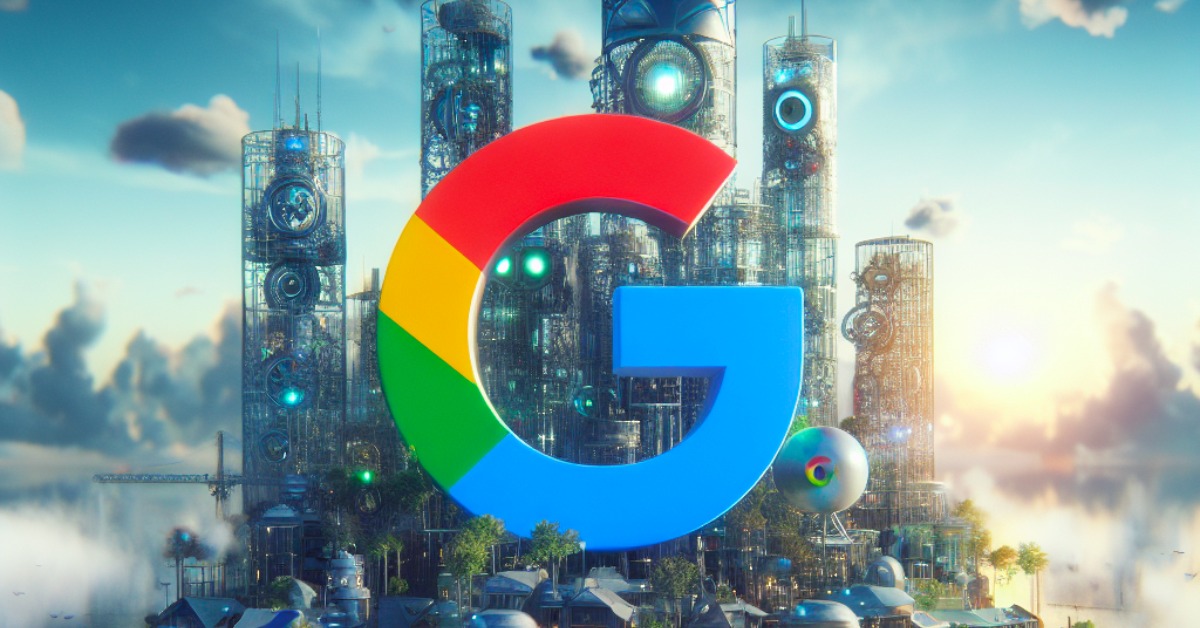Table of Contents
Google Performance Max Asset Generation
Google is introducing new Performance Max Asset Generation features to help streamline the campaign creation process and easily create assets.
The new features include generating headlines, descriptions, and images for campaigns with just a few clicks. AI-powered Asset generation will be available as a beta to U.S. advertisers by the end of the year.
Google Generative AI Features
Text Assets: Google will use Large Language Models to help generate headlines and descriptions for your ads. Google can automatically create these assets based on a summary of your business, and advertisers can use their prompts to help generate assets.
Image Assets: Google will automatically suggest images for your campaign based on their expected performance. These can include images from your website, assets from your library, stock images, and, most notably AI-generated assets. In addition, advertisers will have access to AI-powered image-editing capabilities directly in Google Ads, allowing them to remove and replace the background of an image automatically.
If you have yet to create a Performance Max campaign for the website you’re advertising, Google will automatically suggest logos and a business name from your website to help streamline the process. These additions and the existing automatically created videos mean it’s never been easier for advertisers to set up a new Performance Max campaign.
How to Use Asset Generation
Google will prompt advertisers to create generative assets for new Performance Max Campaigns in the setup flow. For existing campaigns, the feature is accessible by creating a new asset group. When creating a new asset group, an “Asset generation” panel will be visible at the top of the screen.
To create assets from the Asset generation panel, advertisers will:
- Enter the final URL for the campaign. Google will use the information on this page to summarize your offering.
- Review and, if necessary, edit the summary Google has created to ensure it accurately reflects your offering.
- Select “Generate assets.” After this, Google will create headlines, descriptions, and long headlines. Google will also suggest traditional images and generate images to use.
- Once Google has created the assets keep the ones you want and reject the rest.
Who is Eligible for Asset Generation?
Currently, only certain advertisers are eligible for Generative AI in Performance Max. However, most expect the feature to be widely available by early 2024.
Current Requirements for Generative assets include:
- Account Billing: The account must be billed in the U.S.
- Targeting: The campaigns must target U.S. locations.
- Language: The website must be in English.
- Sensitive Categories: The Final URL cannot include a sensitive category.
Also Worth Noting
- Generated images will include an open-standard markup and SynthID digital watermark, identifying them as AI-generated on tools like Google Image Search.
- Google’s generative AI tools will automatically restrict the creation of certain assets, including faces, children, specific individuals, logos, and items with branding.
- Assets created by generative AI are not guaranteed approval by Ads Policy.
- Google plans to release shareable previews for all assets, including generated ones, to simplify creative review workflows.
- Google assures it will not limit the use of content generated using its AI tools outside its ecosystem. This could mean that if you create an asset in Google Ads that performs well, you could leverage it with other channels.
Performance Max and Google’s new Demand Gen campaign type show Google’s commitment to automated targeting as the future of advertising. The upcoming AI asset generation features underscore their intent to embrace automation further.
While larger brands might approach automatically generated assets cautiously, it presents a valuable tool for smaller advertisers with resource constraints and fewer brand restrictions. It will be interesting to see how the feature improves over time.
Microsoft + Snapchat: My AI Bot Ads

Microsoft Advertising has recently collaborated with Snap to introduce Sponsored Links within Snapchat’s My AI chatbot. The partnership will allow advertises to show sponsored links directly in My AI Chatbot conversations.
To date, the Snapchat AI chatbot has been used by 150 million users who have collectively sent 10 billion messages. Given the large audience size and the ad platform expertise of Microsoft this presents an opportunity to test the new medium of generative chat while using a trusted a familiar platform.
While still in the early stages, Microsoft has not indicated that manual opt-in is necessary for advertisers’ ads to display in My AI Chatbot. They only encourage advertisers to optimize their mobile coverage within Microsoft Advertising campaigns to take advantage of the opportunity.
Microsoft Announces Connected TV (CTV) Ads

Daily digital video consumption is expected to hit 3.5 hours per person by 2024, and analysts predict the demand for programmatic video ad spend will grow 30.2% between 2023 and 2025. Microsoft is looking to capitalize on this growth by introducing Video and Connected TV (CTV) ads.
Microsoft new campaign type will serve ads on popular streaming platforms like Max, Hulu, and Bloomberg, as well as prominent sites, including MSN, Huffington Post, People, and the Wall Street Journal.
Microsoft’s Video and CTV ads offer an easy way for advertisers to launch Connected TV campaigns. Advertisers can set them up directly within Microsoft Advertising platform, benefiting from an easy onboarding process, no setup fees, and simple optimization.
For businesses already advertising with Microsoft, Video and CTV ads provide an opportunity to complement existing ad formats and engage customers across the marketing funnel. For advertisers not running Microsoft Ads the added option of CTV gives them more reason to consider starting.
Meta & Amazon Partner to Allow In Platform Purchases

Meta has introduced a new feature allowing users to seamlessly make Amazon purchases without leaving Facebook and Instagram. By linking their Facebook and Instagram accounts to Amazon, users in the U.S. can click on promotions in their feeds, enabling them to shop Amazon’s ads and check out within the social media apps. The initiative comes as Meta seeks new revenue streams following challenges posed by Apple’s iOS privacy changes in 2021.
The feature provides users real-time pricing, Prime eligibility, delivery estimates, and product details on select Amazon product ads within Facebook and Instagram.
Amazon, with its intent-based ad model, and Meta, with its discovery-based approach, are described as two “walled gardens” coming together. The collaboration is anticipated to extend Amazon’s reach, helping merchants find new customers through Meta’s user base. The success of similar partnerships, such as the one between Pinterest and Amazon, serves as a positive precedent.
However, questions about the partnership still need to be answered, including details about revenue sharing and how merchants can choose where their ads run. Despite these uncertainties, the collaboration is positioned as a win-win for both Meta and Amazon, with potential benefits for advertisers and merchants alike.
Snap & Amazon Partner to Allow In Platform Purchases

Amazon has partnered with Snapchat, enabling users in the United States to purchase select products directly within the app. This move aligns with Amazon’s strategy to leverage social media platforms for shopping opportunities, following the trend of social networks influencing consumer shopping behavior. Snapchat’s shares surged over 9% in response to the news.
As social media platforms increasingly integrate online shopping services, Amazon’s collaboration with Snapchat is seen as a strategic move to tap into the growing impulse-driven and serendipitous shopping behavior on social media. Similar partnerships exist with Meta Platforms and Pinterest. The collaboration is anticipated to boost Snap’s advertising business, contributing to its recent better-than-expected earnings.
The tie-up facilitates a seamless shopping experience, allowing customers to purchase directly from Amazon ads on Snapchat without leaving the app. Users will have access to real-time pricing, Prime eligibility, delivery estimates, and product details within Snapchat, enhancing the overall convenience of the shopping process.
This collaboration not only positions Amazon as a critical player in the competitive landscape against platforms like TikTok but also provides Snap with an opportunity to establish itself as a significant shopping destination, a goal it has aimed to achieve in the past.


Leave a Reply